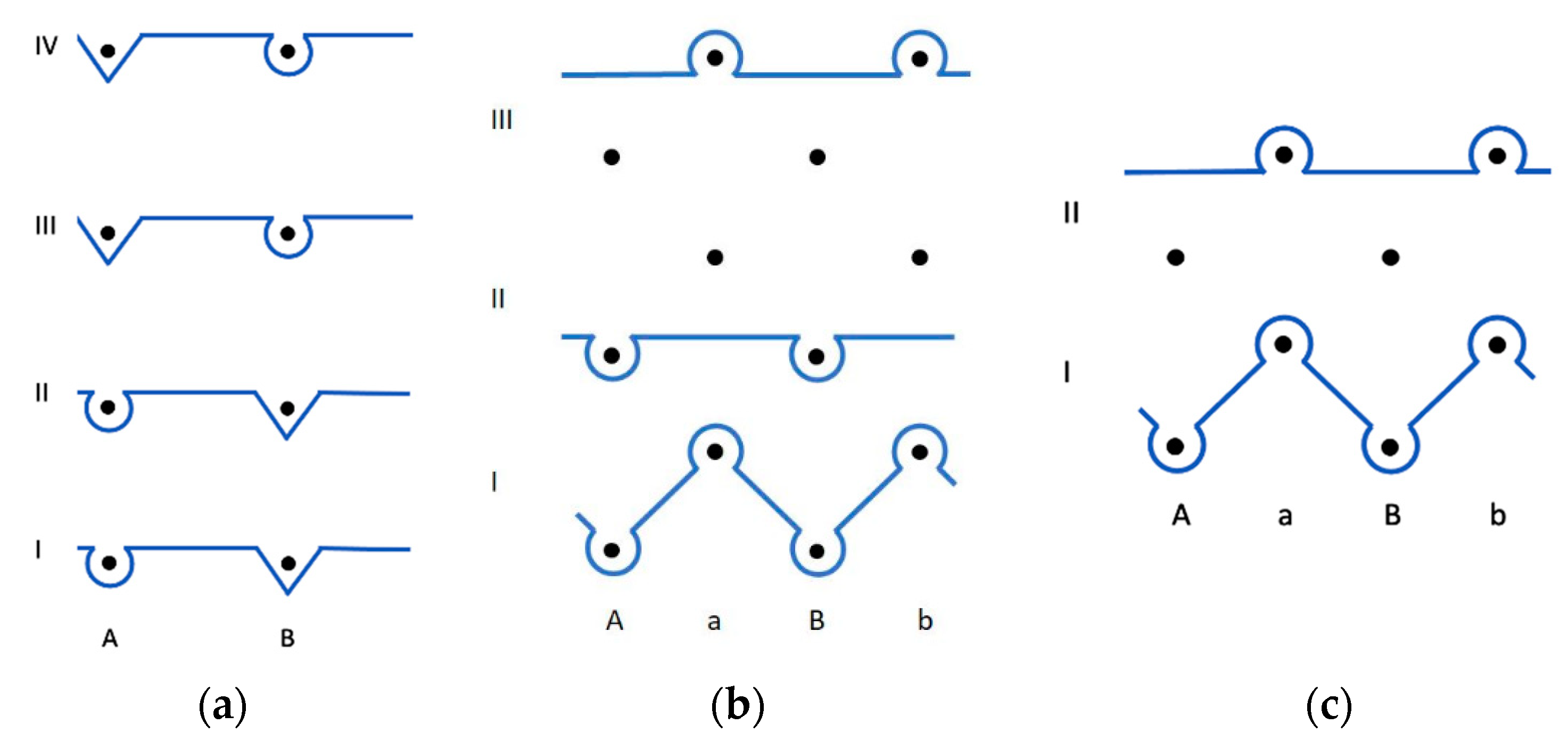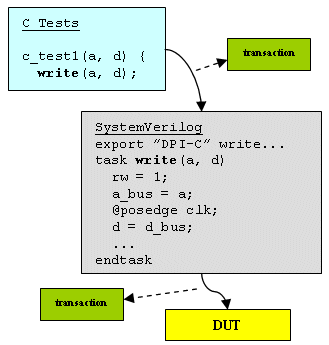Methods Part-V
Tuesday, 22 February 2022 21:13
Semicon Editor 01
 Passing Parameters As in any programming language, we can pass parameters to function. In this case methods. Passing of parameters can be donw with one of the following ways
Last Updated ( Wednesday, 01 June 2022 18:12 )
Read more...
|
Methods Part-IV
Tuesday, 22 February 2022 21:08
Semicon Editor 01
 method() The proper context for calling a regular method depends on whether the method returns a value or not.If the method returns a value, it is an expression and can be called from any context where an expression is valid.
Last Updated ( Tuesday, 03 May 2022 19:49 )
Read more...
Methods Part-III
Tuesday, 22 February 2022 21:06
Semicon Editor 01

Variables Inside Methods
To declare a local variable inside a method is same as declaring in a struct, only difference is the variable declaration should start with reserve word var as shown in example below.
Last Updated ( Tuesday, 29 March 2022 00:07 )
Read more...
Methods Part-II
Saturday, 19 February 2022 16:56
Semicon Editor 01
 is [C routine] We can import a c function/routine into e and use it as regular e method. There are two ways to this. Syntax
Last Updated ( Tuesday, 29 March 2022 00:07 )
Read more...
Methods Part-I
Saturday, 19 February 2022 16:54
Semicon Editor 01
 Introduction to Methods Introduction to Methodse methods are similar to C functions, Verilog tasks, functions, and VHDL processes. There are two types of methods in e language. Regular Method : Execute within a single point of simulation time (within zero time)
Last Updated ( Tuesday, 03 May 2022 19:51 )
Read more...
Structs And Units Part-IV
Saturday, 19 February 2022 16:33
Semicon Editor 01
 Units vs. Structs The decision of whether to model a DUT component with a unit or a struct often depends on your verification strategy. Compelling reasons for using a unit instead of a struct include:
Last Updated ( Tuesday, 03 May 2022 19:52 )
Read more...
Structs And Units Part-III
Saturday, 19 February 2022 16:18
Semicon Editor 01
 Introduction to Units Introduction to Unitse Units are the basic structural blocks for creating verification modules (verification cores) that can easily be integrated together to test larger and larger portions of an HDL design as it develops.
Last Updated ( Wednesday, 01 June 2022 18:09 )
Read more...
Structs And Units Part-II
Thursday, 17 February 2022 22:52
Semicon Editor 01
 Extending struct And subtypes
Expending the existing structs are done to add struct members to a previously defined struct or struct subtype.
Members added to the base struct type in extensions apply to all other extensions of the same struct.
Last Updated ( Wednesday, 01 June 2022 18:00 )
Read more...
Structs And Units Part-I
Thursday, 17 February 2022 22:27
Semicon Editor 01
 Introduction to Structs Introduction to StructsThe basic organization of an e program is a tree of structs. A struct is a compound type that contains data fields, procedural methods, and other members.
Last Updated ( Wednesday, 01 June 2022 17:56 )
Read more...
Data type part II
Tuesday, 25 January 2022 22:30
Semicon Editor 01
 Struct Types
Structs are the basis building blocks for any e language based testbenches. This are similar to class in C++ and thus are used for constructing compound data structures. Like in C++ and C, we can use this compound data structures in all the places like
Last Updated ( Tuesday, 29 March 2022 00:09 )
Read more...
Data Types part 1
Tuesday, 25 January 2022 22:20
Semicon Editor 01
 Introduction
The e language has a number of predefined data types including the integer and Boolean scalar types common to most programming languages. Below is list of data types that we will be seeing in detail in next few pages. As such e language data types are far better then what we find in SystemC and TestBuilder (man I hate type conversions).
Last Updated ( Tuesday, 29 March 2022 00:09 )
Read more...
'e' Basics Part-I
Tuesday, 25 January 2022 22:09
Semicon Editor 01
 Lexical Conventions
Since e language was developed based on other programming languages, Most of the syntax is more or less same as other programming language. So if you know lexical conventions of C++ or C, then you can follow e language without any problem.
Last Updated ( Tuesday, 03 May 2022 19:53 )
Read more...
Things To Learn in "e"
Sunday, 23 January 2022 14:41
Semicon Editor 01
 'e' What To Learn ? E language is a vast language, so learning everything in short time is not possible. But to get started or to get to a position where one can write testbench and checker,
Read more...
Verification Flow
Sunday, 23 January 2022 14:27
Semicon Editor 01
 Verification Flow With Specman
Verification flow with specman is same as with any other HVL's. Below figure shows the verification flow with specman.
Last Updated ( Sunday, 23 January 2022 14:38 )
Read more...
Digital Combinational Logic Part-VII
Sunday, 23 January 2022 14:19
Semicon Editor 01
 Boolean Function Implementation Earlier we had seen that it is possible to implement Boolean functions using decoders. In the same way it is also possible to implement Boolean functions using muxers and de-muxers.
Last Updated ( Tuesday, 29 March 2022 00:12 )
Read more...
Digital Combinational Logic Part-VI
Tuesday, 18 January 2022 17:07
Semicon Editor 01
 De-multiplexers
They are digital switches which connect data from one input source to one of n outputs.
Last Updated ( Tuesday, 29 March 2022 00:12 )
Read more...
|
|
|
|
|
|
|
Page 4 of 118 |

